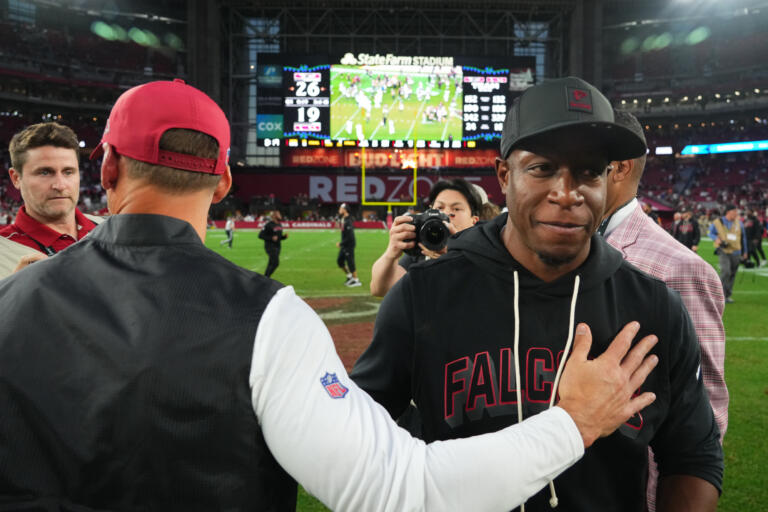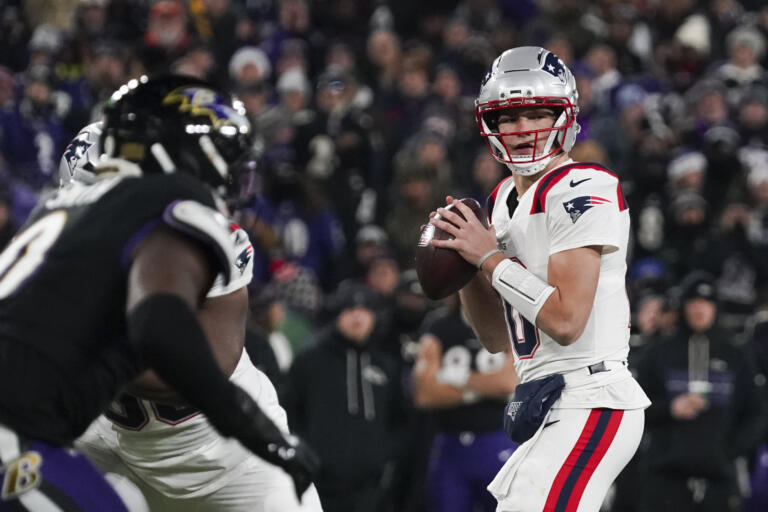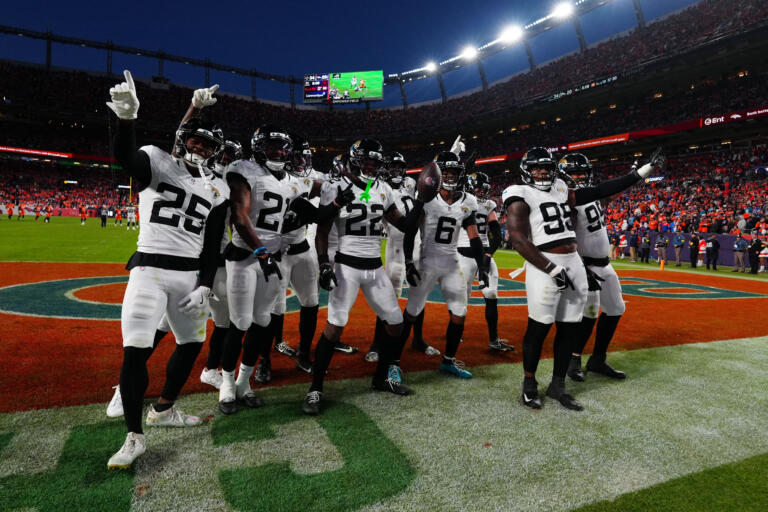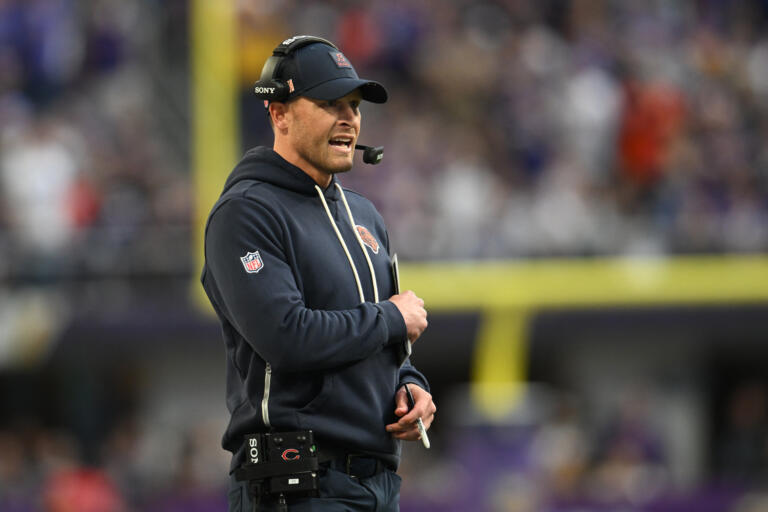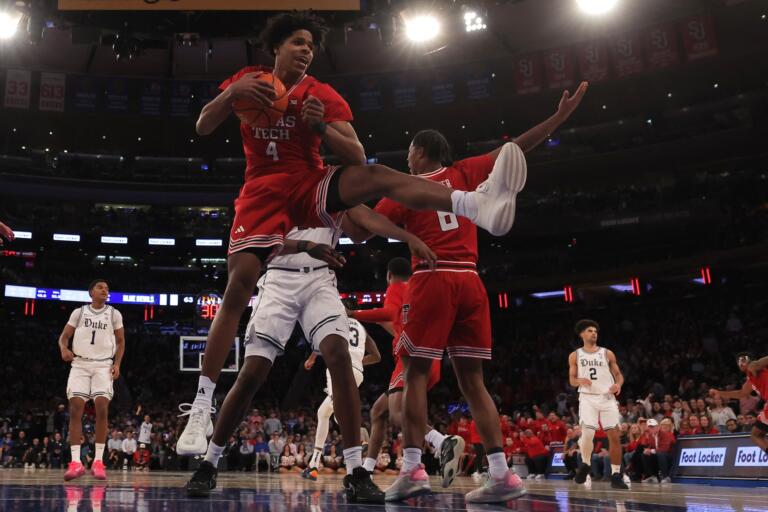
The 1990s were a golden era for professional wrestling, where larger-than-life personalities reigned supreme. Among them were the mavericks—trailblazers who defied conventions and reshaped the industry. Let’s take a look at the ten icons that redefined the sport and still dominate conversations today.
Stone Cold Steve Austin’s Rise to Anti-Hero Status

Authority was the enemy, and Stone Cold Steve Austin made you believe it. His legendary Austin 3:16 speech at King of the Ring 1996 flipped the wrestling script. With beer-soaked antics and stone-cold stunners, he became the rebellious heart of the Attitude Era.
The Rock’s Evolution to The People’s Champion
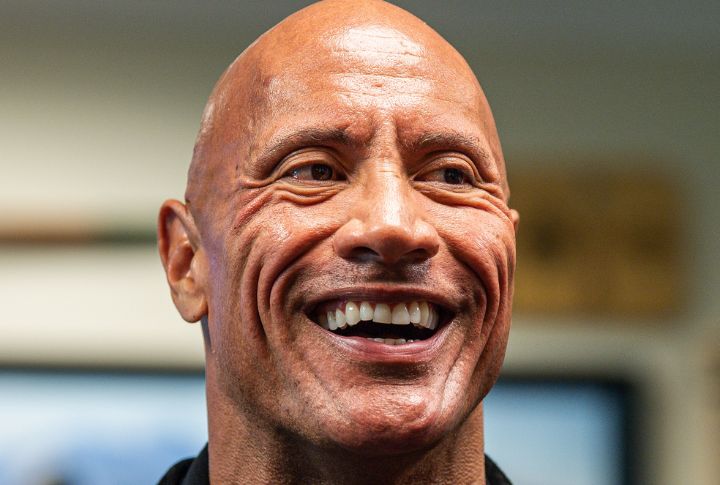
What makes a star? Charisma, confidence, and connection. The Rock, once an awkward rookie, found his voice and owned the ring. Phrases like “If you smell what The Rock is cooking” weren’t just lines—they were battle cries that built him as wrestling’s cultural crossover icon.
Mick Foley’s Persona Legacy

Mick Foley embraced pain as part of his craft. As Mankind, his infamous plunge off Hell in a Cell in 1998 etched his name into wrestling history. Known for fearless grit and relentless resilience, Foley redefined wrestling and became a symbol of unbreakable determination.
Shawn Michaels’ Era-Defining Innovation

Flamboyant yet technical, Shawn Michaels was a paradox in motion. His WrestleMania 12 Iron Man match was an art. As part of D-Generation X, his irreverence set the tone for the Attitude Era. Few could rival his in-ring genius or backstage influence, and this propelled him up.
Bret Hart’s Technical Excellence Amid Controversy

Bret Hart built his legacy on precision and technical brilliance, but controversy defined a pivotal moment in his career. The Montreal Screwjob in 1997 became a watershed for wrestling’s backstage power struggles. Fans continue to admire his in-ring mastery while debates about that infamous night persist.
The Undertaker’s Immortal Presence

Darkness followed wherever The Undertaker walked, which captivated audiences from his chilling 1990 debut. His fierce rivalry with Mankind and unforgettable presence elevated him beyond gimmicks. More than a wrestler, he became a phenomenon, seamlessly blending theatrical storytelling with unparalleled athletic dominance.
Triple H’s Mastery of Evolution in Wrestling

Reinvention was Triple H’s secret weapon. Starting as a regal snob, he became a DX degenerate, then an unstoppable powerhouse. By the late 90s, his ambition was unmatched, both in the ring and backstage, which shaped him into a cornerstone of modern professional wrestling.
Kane’s Demonic Debut and Fiery Feuds
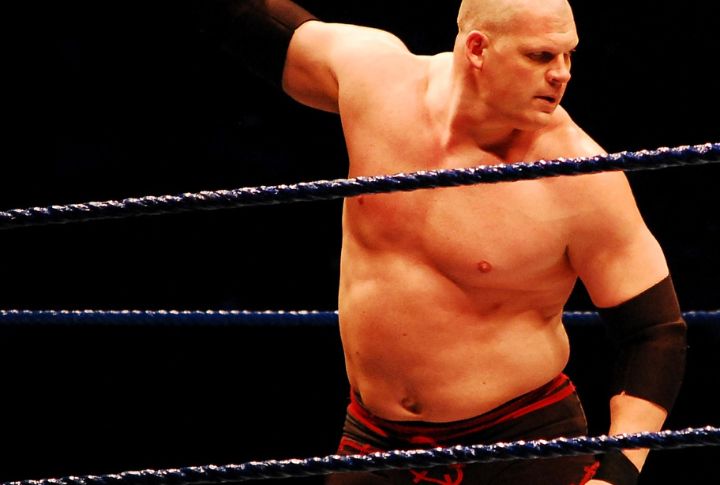
Who could forget the red flames that heralded Kane’s debut in 1997? After tearing down the door of Hell in a Cell, he confronted The Undertaker in a story of betrayal and vengeance. Kane’s monstrous aura and infernal theatrics carved a lasting legacy in wrestling’s most theatrical decade.
Razor Ramon’s Swagger and Style

Razor Ramon took on a pure attitude. With his Cuban accent and golden chains, Scott Hall created a persona that oozed cool. His ladder match with Shawn Michaels at WrestleMania X redefined high-risk wrestling and compiled storytelling with unforgettable athleticism.
Kevin Nash’s NWO Revolution
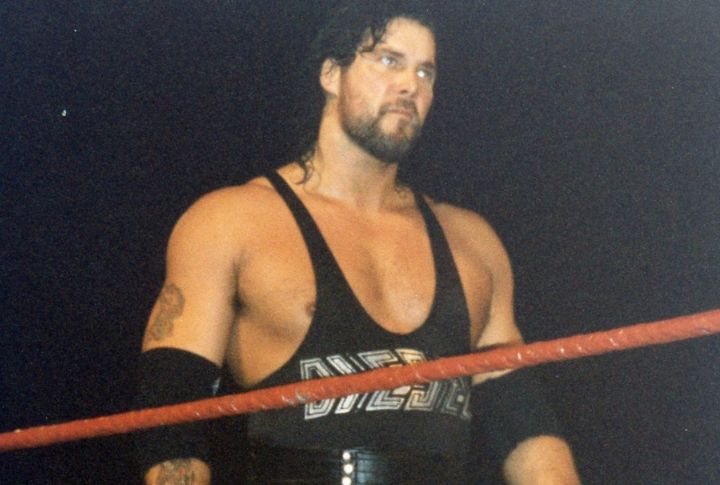
As part of the New World Order, Kevin Nash redefined villainy. WCW thrived on his ability to blur fiction and reality. Nash, alongside Scott Hall and Hulk Hogan, turned wrestling into must-see TV. Their groundbreaking faction turned chaos into a spectacle worth following.



